Updated 8 months ago
Renewable Resource Examples: What They Are, Pros and Cons, and How We Use Them
Written by
Dan Simms
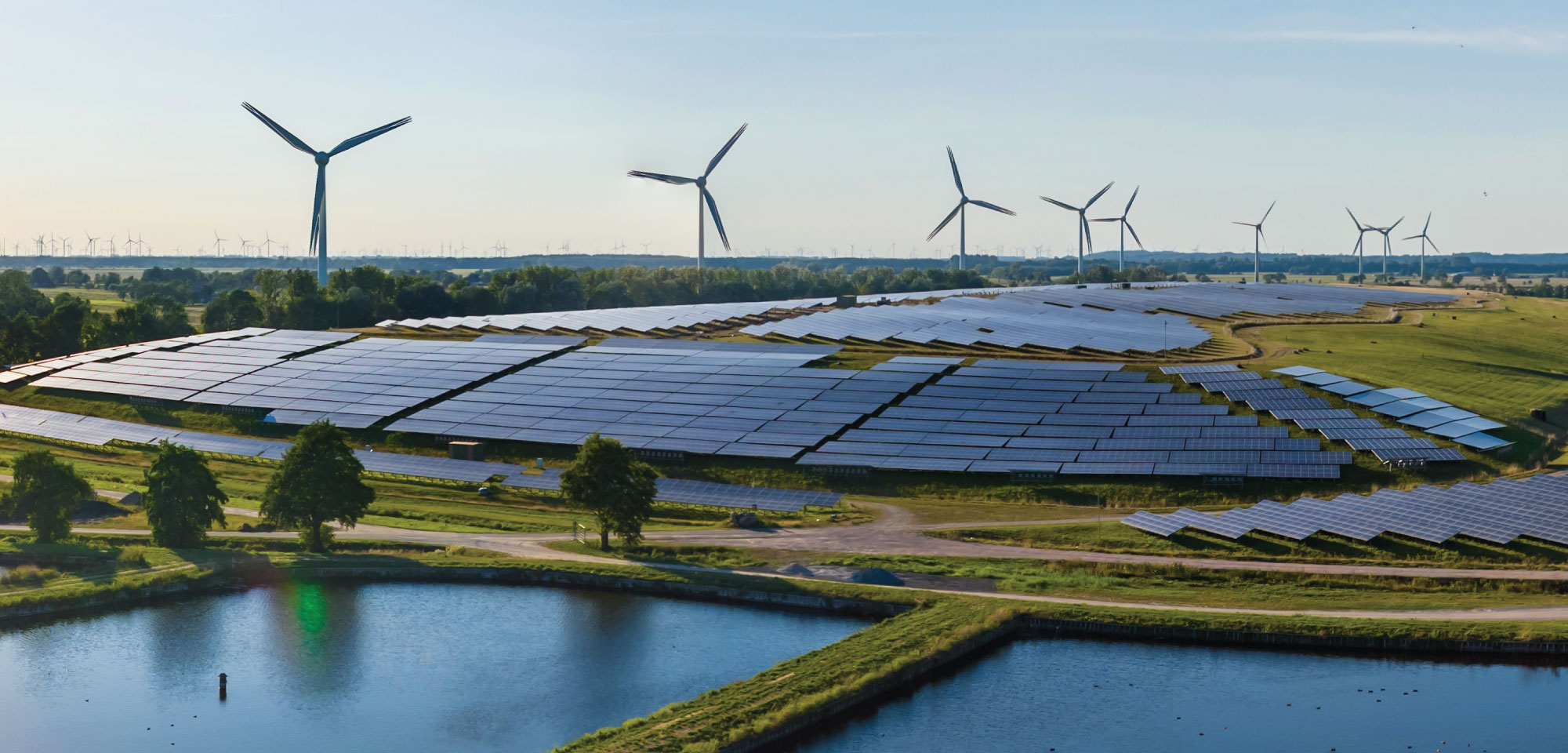
The threat of climate change and the depletion of resources cause more and more people to turn to green energy every year. But what is a renewable resource, and why are they better than non-renewable resources? In this guide, we’ll provide some renewable resource examples, explain how they work and how we use them, and include some pros and cons for each.
Key takeaways
-
Renewable resources are naturally replenishing and won’t run out within a human lifetime.
-
Common renewable resources include solar, wind, geothermal, hydropower, and bioenergy.
-
Non-renewable resources like fossil fuels are still the most dominant energy sources, but building and running renewable energy plants is becoming cheaper.
-
Many renewable energy sources are also clean energy sources, meaning they do not produce heat-trapping greenhouse gases like fossil fuels.
What is a renewable resource?
A renewable resource is an energy source that doesn’t deplete as it’s used and can be replenished within a human’s lifetime. For example, using solar panels to convert sunlight to usable electricity doesn’t reduce the amount of sunlight that hits the earth, nor do wind turbines “use up” the wind.
In contrast, non-renewable resources like coal and natural gas get burned up when we use them to generate electricity. They can technically be replenished, but it would take millions of years, and our consumption will outpace the rate of renewal, so they’re not considered renewable resources.
Which resources are renewable? 5 renewable resource examples
There are a few different types of renewable resources, including solar, wind, hydropower, geothermal energy, and biomass. Some are more prevalent than others, but they all help reduce strain on the environment while helping us meet our electricity needs.
Solar power
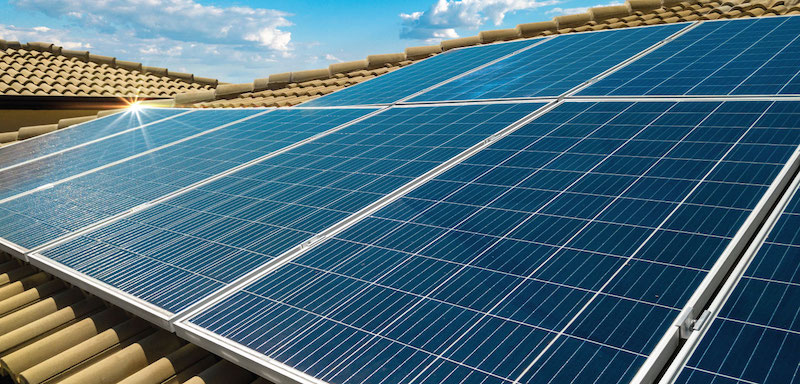
Solar power is one of the most popular examples of renewable resources. Solar panels absorb solar energy from the sun and turn it into usable electricity.
Solar energy is the most popular renewable resource for homeowners to take advantage of, and they do so via solar panels installed on their roofs or somewhere on their properties. The solar panels provide green energy to power the home and even lower electricity bills! Solar batteries can help maximize the amount of solar energy a home uses, letting you call on 100% clean energy even when the sun isn’t shining.
Large-scale solar installations and solar farms generate large amounts of power to run commercial properties and even provide power to the electricity grid.
Despite solar’s many benefits, there are some drawbacks. Installing solar comes with high upfront installation costs for homeowners, and it can require specific criteria to work at it’s best — like south-facing roofs in the U.S. or an unshaded installation site. Additionally, the energy output varies with available sunlight, so you need to augment with traditional energy or install an on-site battery.
Wind power
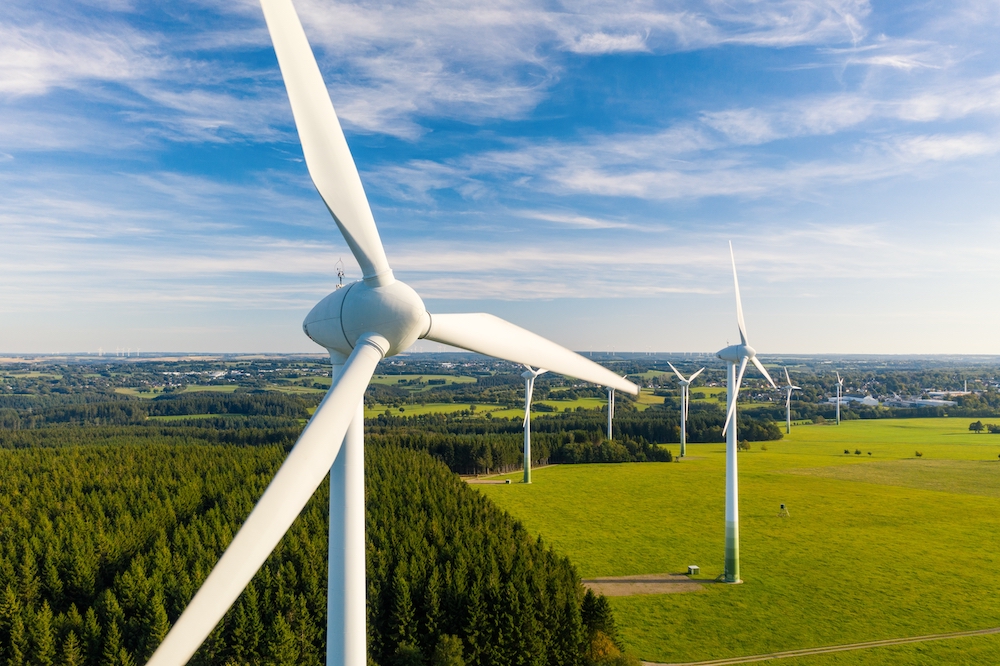
According to the U.S. Energy Information Administration, wind energy is responsible for the most renewable energy production in the U.S., and large wind turbines are required to harness it. Wind drives the turbines to spin, which creates electricity. It’s a common clean energy source in flat areas where wind can travel uninterrupted. Texas is a prime example, with the state accounting for nearly 25% of the entire country’s wind power production alone.
Much like solar, energy output from wind turbines is dependent on the weather, making it less reliable than traditional energy, unless it is paired with battery storage. It’s also not feasible for individual homeowners to use it as a source of power due to the need for large turbines, so it’s usually reserved for large wind farms that provide power to the grid.
Geothermal energy
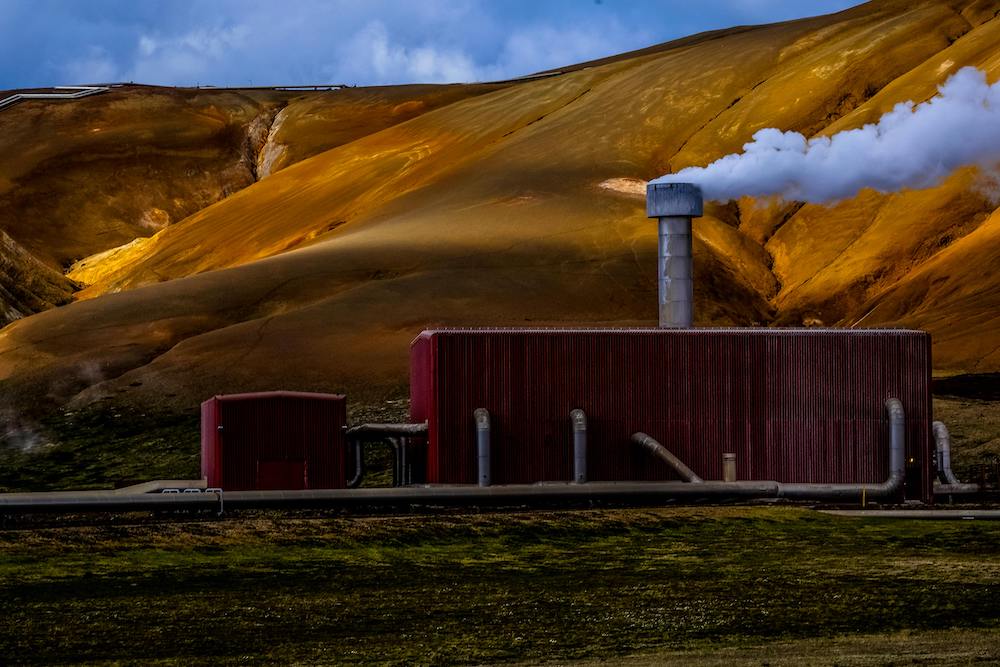
Geothermal energy uses the constant temperature at depths below the Earth’s surface as a means of power. It’s most often used to heat and cool buildings using heat pumps that move heat back and forth between underground wells and interior spaces. Home geothermal heat pumps cost around $15,000.
Utility-scale geothermal energy is also possible. This process involves drilling through the earth’s crust to release steam, which can be used to generate electricity. The biggest drawbacks to geothermal energy are the upfront costs because of drilling requirements and its location specific, with only certain areas suitable for it.
Hydropower
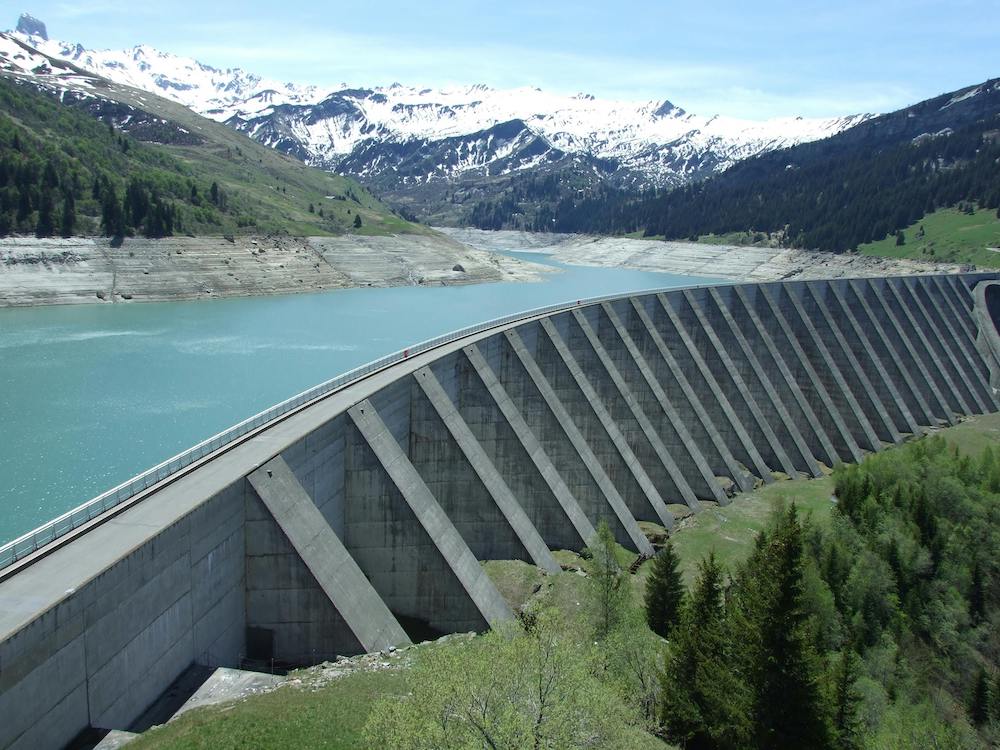
Hydropower uses water turbines to harness power from natural water movement. The turbines are usually installed in dams and generate electricity as they spin. Aside from traditional hydropower dams, there are also tidal energy and wave energy turbines, which utilize the rising and falling tides and movements of waves in the ocean to generate electricity. These are less popular types of hydropower.
As it relies on rivers, lakes, and other bodies of water, hydropower plants can only be built in certain areas. Washington, Oregon, and California account for more than half of the entire country’s hydropower production.
Similar to wind power, harnessing hydropower as an individual homeowner isn’t practical, as it requires a large body of water and high installation costs.
Biomass
Biomass, also referred to as biofuels or bioenergy, refers to the practice of burning plant materials to generate energy. Wood pellets and ethanol from corn are common examples, but using landfill gas and municipal solid waste to generate energy are also possible.
Homeowners can rely on biomass with specialized equipment, like biomass furnaces, and they can get similar results by using pellet stoves or wood-burning stoves to provide heat for their homes.
Although biomass is an example of a renewable energy source, burning organic material does release pollutants into the atmosphere. Also, harvesting biomass materials can have negative impacts on the surrounding area. While it’s still more sustainable than burning fossil fuels, it still has its drawbacks.
Pros and cons of renewable resources
Renewable energy has some major pros going for it, the most obvious of which is that it doesn’t actively destroy the planet—at least not as rapidly as burning fossil fuels does. However, there are some downsides, too.
Pros
-
Reduced strain on the environment
-
No risk of depletion
-
Cheap energy
-
Increased energy independence
-
Government incentives
Cons
-
High installation costs
-
Intermittent resource
-
Specific geographic requirements
-
Some environmental impact
Advantages of renewable energy
Reduced strain on the environment. Of course, the biggest upside to renewable energy is that it doesn’t contribute nearly as much to climate change or pollution as burning fossil fuels does. Manufacturing solar panels and wind and water turbines still generates some pollution, but once the electricity generation equipment is in place and functioning, there are no harmful emissions that contribute to air pollution. This isn’t true of all renewable resources, though.
No risk of depletion. With the demand for energy constantly rising, we risk non-renewable resource reserves running out. It only makes sense that to keep up with ever-increasing energy demand that we start to rely on resources that don’t deplete, like solar, wind, and hydropower, or that are renewable within a human lifetime, like growing plants for biomass.
More affordable. If you have a means of generating electricity from renewable resources on your property, like if you install solar panels, you can call on that energy for free. This is in direct contrast to energy from non-renewable resources, the cost of which has been steadily rising since 1990. The prices of non-renewable resources is expected to continue to rise, too, as the stock dwindles while demand continues to soar.
Increased independence. Energy independence is a key benefit of renewables. Renewable energy is typically produced “close to home” meaning we can rely less on imports from other countries and supply energy ourselves on a large scale. On a smaller scale, utilizing renewable energy systems on your home means you aren’t totally reliant on your utility company.
Government-backed programs for affordability. Since moving to renewable energy is necessary to reduce the increasing strain our energy needs put on our grid and the environment, federal and state governments offer incentives like rebates and tax credits for a variety of renewable energy equipment options. These include solar installation and geothermal HVAC installation. While the installation cost is still high, these perks help make clean energy more affordable.
Disadvantages of renewable energy
High installation costs. Clean energy equipment is expensive. Whether you’re installing solar panels or upgrading to a geothermal HVAC system, you’re going to face high upfront costs. The same is true for commercial and utility-scale applications. These systems often pay for themselves over time, but the barrier to entry is high.
Less reliable. Many types of renewable energy are less reliable than non-renewable energy sources. For example, if the sun isn’t shining or the wind isn’t blowing, solar panels and wind turbines will generate far less power. Similarly, hydroelectric systems can provide reduced power during droughts. Energy storage is a simple way around this issue, but that adds additional installation expenses. Geothermal power and biomass are also possible solutions, but they’re less prevalent than wind and solar generation.
Renewable resources aren’t perfect. Renewable resources undoubtedly have less of a negative environmental impact than burning and mining fossil fuels for energy, but they’re not without their issues. Many renewable energy sources require specific conditions to produce energy efficiently, and equipment manufacturing can contribute to carbon emissions, as well.
The future of renewable energy
Even though the world hasn’t quite perfected the use of renewable energy, improvements are made every year. Renewables are the best option for reducing humanity's carbon footprint and lowering our overall environmental impact.
The good news is that the future looks bright for the use of renewable energy sources. The cost of renewable energy is decreasing. Plenty of states have pushed legislation in their Renewable Portfolio Standards (RPS), which require utilities to generate a certain percentage of electricity from renewable sources by law.
States like California, Hawaii, and Washington have a target of having utilities generate 100% renewable energy by 2045.
Some states prioritize renewables more than others. The final push will be to get all 50 states on board. That way, we might see more developments in and use of renewable energy technology.
Dan has been a solar proponent for more than a decade now, and he has been researching and writing about solar and renewable energy for the past five years. He has first-hand experience with solar conversion, and he uses that and his research to help homeowners lower their electric bills and reduce their carbon footprint through solar education and adoption. He has written for major publications, including CNN, USA Today, and EcoWatch, and he has...
Learn more about Dan Simms